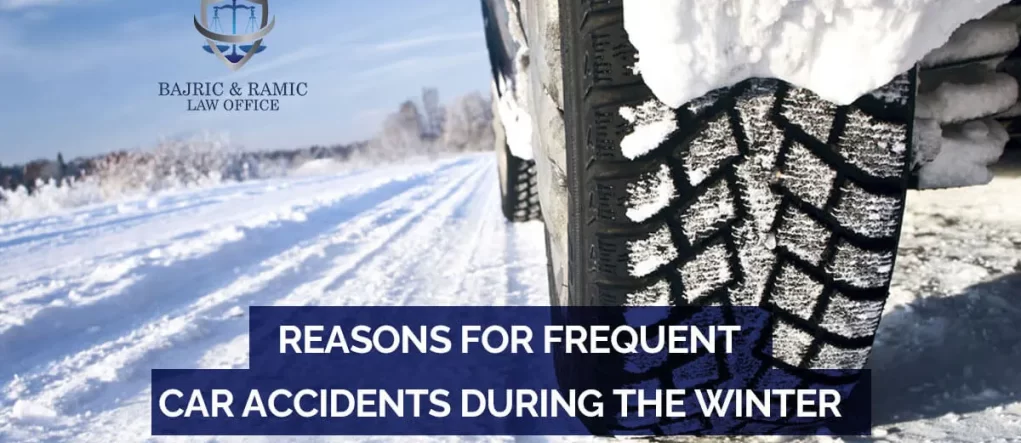Reasons for Frequent Car Accidents During the Winter

It is winter, we are witnessing frequent car accidents on the streets of our place of residence but also everywhere in the world. What are the reasons for the increase in the number of car accidents?
What to pay special attention to when driving a car in these cold days? Stay with us to the end to find out.
Influence of winter conditions on road conditions
Snow, ice, wet road and cold weather, are all factors that affect significantly
increasing the braking distance or losing control of the vehicle. When there is snow on the road and ice, which means that there are no tire contacts and the surface on which the car is driven. Dirt on the roads
and the oil that accumulates on the pavements in the winter periods that the rain does not wash out, contributes increasing braking trajectory as well.
Statistics
In the USA, statistics show that the number of car accidents is up to 15% higher on a monthly basis in the winter than in the summer. The average number of accidents in one day is 102. Which would mean
that during the winter that number is 117 cases, which is 5,340 cases annually more.
Vehicle stopping distance
When braking, the following factors affect the stopping distance:
- Vehicle speed and
- Coefficient of friction of the substrate
The higher the speed of the car, the longer the stopping distance. Example: The car’s speed of 50 mph provides a stopping distance on dry ground
of 39 feet, while for the same degree of friction of the dry surface at 100 mph stop vehicle path 128 feet.
The conclusion is that the stopping distance of the car increases more than 3 times when braking if the speed of movement differs by two times.
For surfaces that have a lower coefficient of friction due to special road conditions, such as rain, snow, ice for the same speed of 50 mph the length of the stopping distance increases by 2 times. Which would mean that on a slippery surface the stopping distance is 80 feet for a speed of 50 mph
compared to 38 feet on a dry surface.
The most common driver mistakes in this Winter period
- Unadjusted driving speed
- Used and old winter tires
- Inadequate tires
- Do not keep the appropriate recommended distance from the vehicle in front
- Driving in a state of reduced visibility (fog, foggy or snow-covered windshield)
Measures you can take
- Reduce the speed of the vehicle
We have already talked about how much speed affects the stopping distance of a car. - Provide suitable tires
Very good winter tires increase the friction with the ground and improve braking due to their own a composition of soft rubber that does not stiffen at low temperatures. - Brake very rarely on ice and snow
If you feel that the vehicle does not stop when braking, try
reduce speed, leave the vehicle at speed to allow the engine to slow down the car. Manage vehicle avoiding obstacles in the way - Drive the car in a higher gear without sudden movements of the steering wheel and without sudden acceleration
- Turn off the sound on the mobile phone
Increase concentration while driving, and focus all your attention on the road, removing everything from yourself things that distract us like cell phones. - Clear snow and ice from the vehicle and demist the windscreen before driving
Schedule Your Consultation Today
Fields marked with an * are required
"*" indicates required fields


